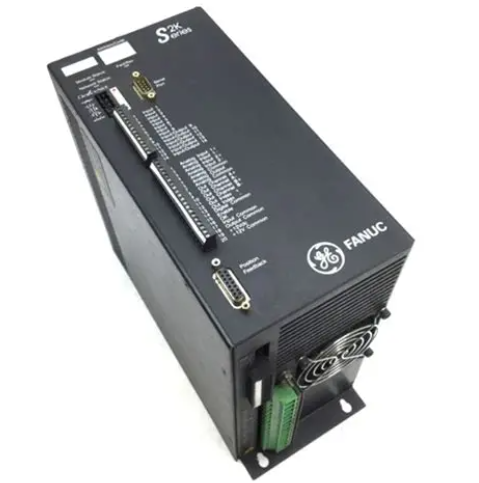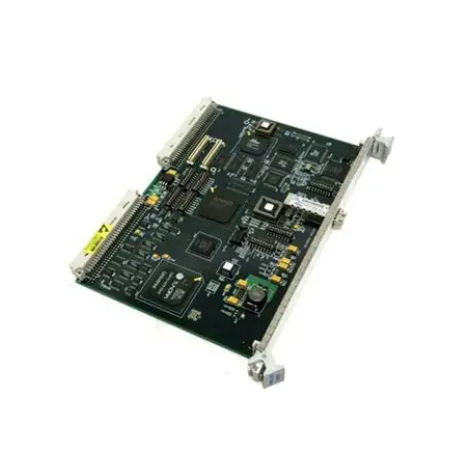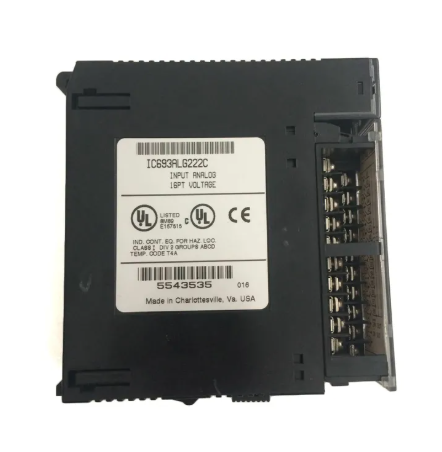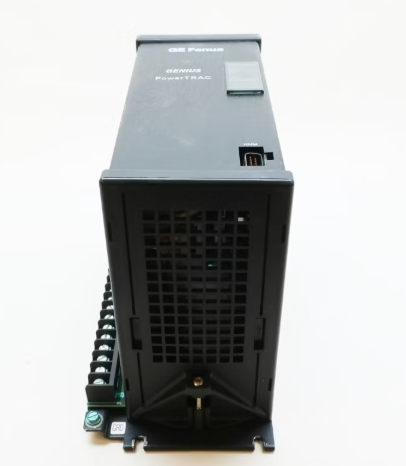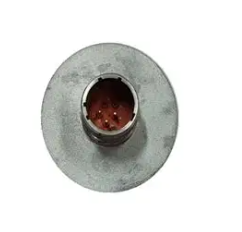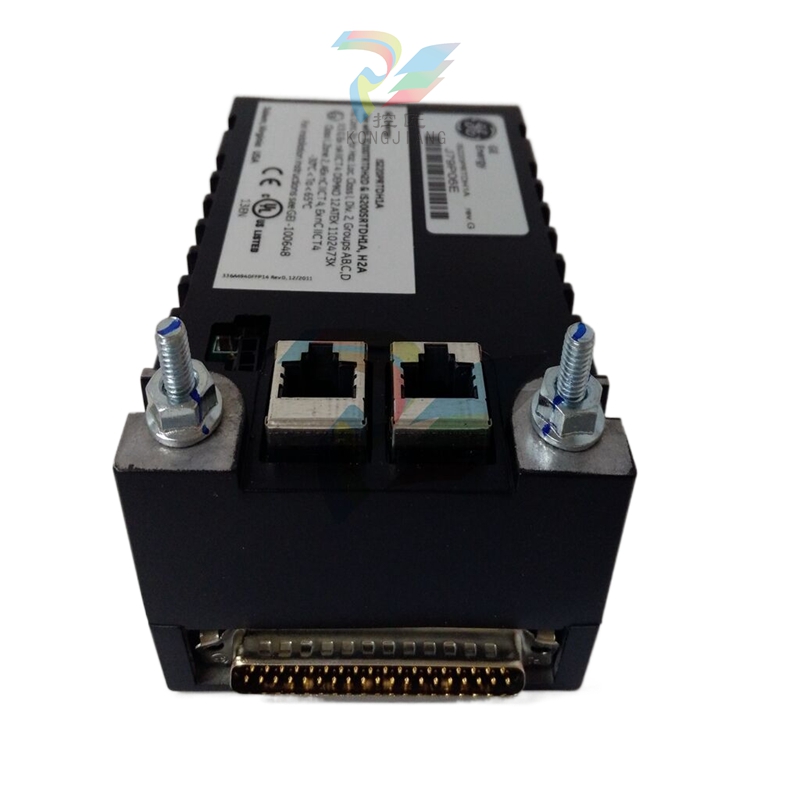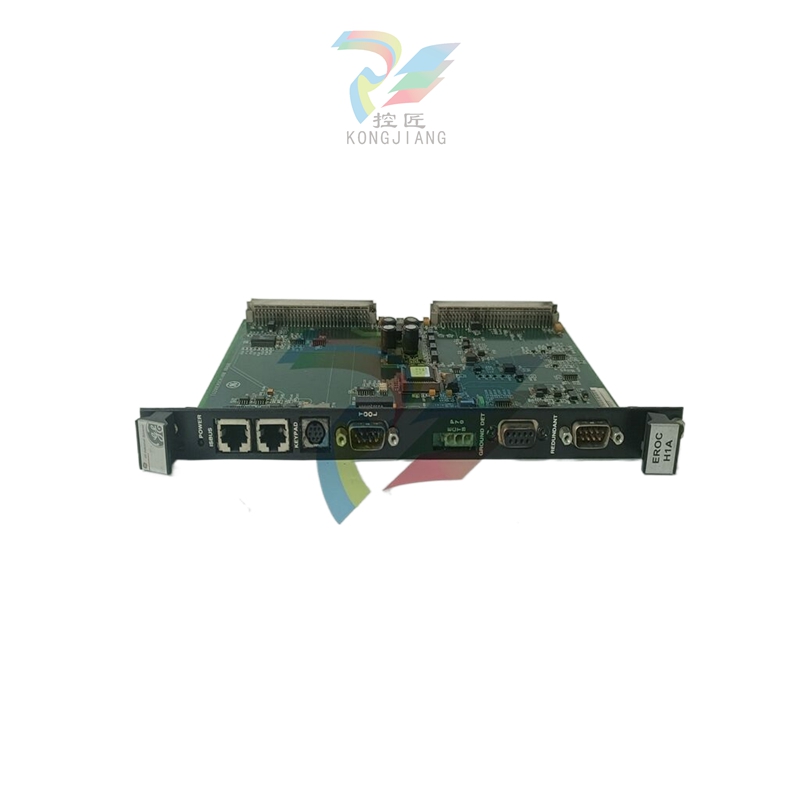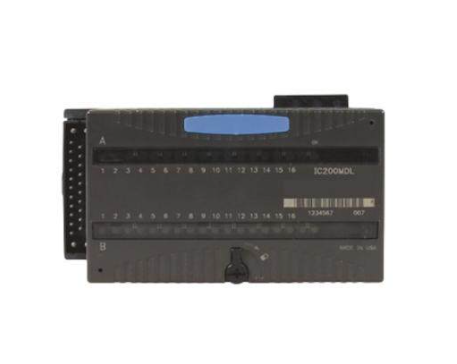From raw material to yarn, from yarn to fabric.
Spinning is a very old activity. Since prehistoric times, humans have known how to spin short fibers into long yarn and then weave them into cloth. In popular terms, spinning is a behavior of taking animal or plant fibers and twisting them into a continuous and infinite extension of yarn in order to be suitable for weaving.
Professionally speaking, the process of spinning disordered short fibers such as raw cotton into continuous cotton yarn or cotton blended yarn is cotton spinning. Spinning is to convert disordered fibers into fiber aggregates. The raw cotton enters the cotton mill in the form of compact cotton bale, and the fiber is in a lumpy and disorderly state, containing a variety of impurities and defects. Therefore, it is necessary to relax first and then assemble in spinning, that is, to break the unnecessary connection between the fibers first, remove the impurity defects, and arrange it into yarn strips requiring thickness along the axis, and properly twist back to form cotton yarn.
Spinning skills
The spinning process mainly includes: cleaning, carding, combing, combining, roving and spinning. The following is a detailed description of each step in the spinning process:
01 Cotton Cleaning
Remove most impurities and defects from raw cotton
And short fibers unsuitable for spinning
Main task
(1) Opening cotton: the tight raw cotton will be loosened into smaller cotton chunks or bundles to facilitate the smooth mixing and impurity removal;
(2) Cotton cleaning: remove most impurities, defects and short fibers that are not suitable for spinning in raw cotton;
(3) cotton mixing: the raw cotton of different components is fully and evenly mixed to help ensure the stability of the quality of cotton yarn;
(4) Roll: Make a certain weight, length, uniform thickness, good shape of the cotton roll.
✪ Machinery involved in the cotton cleaning process:
Opener, scutcher, mixer, coiler.

02 Carded cotton
Cotton rolls off the machine during the scutching process
After the piercing roller, tin cover plate, doffer and other processes
Comb, remove impurities, mix into slivers into canister
After opening and cleaning combined machining, the fibers in cotton rolls or loose cotton are mostly loose cotton blocks, bundles of cotton, and contain 40% to 50% impurities, most of which are small, strong adhesion fibrous impurities (such as broken seeds with fiber, seed crumbs, soft seed epidermis, cotton knots, etc.), so it is necessary to thoroughly decompose the fiber bundles into single fibers to remove the small impurities remaining in them. Make each cotton component fiber in the single fiber state fully mixed, made of uniform sliver to meet the requirements of the next process.
Main task
(1) Carding: the cotton block is decomposed into a single fiber state to improve the straight and parallel state of the fiber;
(2) Impurity removal: clear fine impurities and short velvet in cotton rolls;
(3) Mixing: make the fiber further fully and evenly mixed;
(4) Into strips: made into noodles that meet the requirements.
The main tasks of carding and cleaning processes seem to be similar, the main difference is that the types of impurities removed are different, the carding process is mainly used to further remove impurities and non-spinnable short fibers, so that the fibers are parallel and straight, and finally made into cotton sliver tray into the canning.
✪ Machinery involved in the carding process:
Barbed roller, tin cover plate, Doffer.
03 Combing
Further separation of fibers and impurity removal
Main task
(1) Impurity removal: remove knots, impurities and fiber defects in the fiber;
(2) carding: further separation of fibers, excluding short fibers below a certain length;
(3) Drafting: the sliver is drawn to a certain thickness, and the fiber is extended in parallel;
(4) Into strips: made of composite requirements of the sliver.
04 parallel bar
The fiber strip made by combing mechanism has large unevenness of long segments and poor fiber elongation. Most of the fibers are bent or curled, and some small fiber bundles exist. If it is directly used for spinning, it will inevitably affect the yarn quality. The process of combining a number of raw strips together, after drawing by the roller, reduce the unevenness of the long segment of the fiber strip, eliminate the curly fiber in the raw strip, and improve the straightness and parallelism of the fiber and the separation degree. By using the combination between the fiber strips, the fibers of different properties in the fiber strips are mixed with each other according to a certain mixing ratio and mixed evenly.
Main task
(1) Combination: Use 6~8 strips of cotton to merge, improve the long segment of cotton strips uneven;
(2) Drafting: stretch the sliver to the specified weight, and further improve the degree of fiber elongation and parallel;
(3) Mixing: The use of blending and drafting, according to the process on the drawing machine for mixing sliver;
(4) Into strips: the ring strip is made into a well-formed cooked strip, and the regular site is placed in the tampon can.
05 roving
The cooked strips are processed into roving of different counts and twists
- EMERSON
- Honeywell
- CTI
- Rolls-Royce
- General Electric
- Woodward
- Yaskawa
- xYCOM
- Motorola
- Siemens
- Rockwell
- ABB
- B&R
- HIMA
- Construction site
- electricity
- Automobile market
- PLC
- DCS
- Motor drivers
- VSD
- Implications
- cement
- CO2
- CEM
- methane
- Artificial intelligence
- Titanic
- Solar energy
- Hydrogen fuel cell
- Hydrogen and fuel cells
- Hydrogen and oxygen fuel cells
- tyre
- Chemical fiber
- dynamo
- corpuscle
- Pulp and paper
- printing
- fossil
- FANUC
- Food and beverage
- Life science
- Sewage treatment
- Personal care
- electricity
- boats
- infrastructure
- Automobile industry
- metallurgy
- Nuclear power generation
- Geothermal power generation
- Water and wastewater
- Infrastructure construction
- Mine hazard
- steel
- papermaking
- Natural gas industry
- Infrastructure construction
- Power and energy
- Rubber and plastic
- Renewable energy
- pharmacy
- mining
- Plastic industry
- Schneider
- Kongsberg
- NI
- Wind energy
- International petroleum
- International new energy network
- gas
- WATLOW
- ProSoft
- SEW
- wind
- ADVANCED
- Reliance
- YOKOGAWA
- TRICONEX
- FOXBORO
- METSO
- MAN
- Advantest
- ADVANCED
- ALSTOM
- Control Wave
- AB
- AMAT
- STUDER
- KONGSBERG
- MOTOROLA
- DANAHER MOTION
- Bently
- Galil
- EATON
- MOLEX
- Triconex
- DEIF
- B&W
- ZYGO
- Aerotech
- DANFOSS
- KOLLMORGEN
- Beijer
- Endress+Hauser
- MOOG
- KB
- Moxa
- Rexroth
- YAMAHA
- Johnson
- Westinghouse
- WAGO
- TOSHIBA
- TEKTRONIX


Email:wang@kongjiangauto.com

















































































































